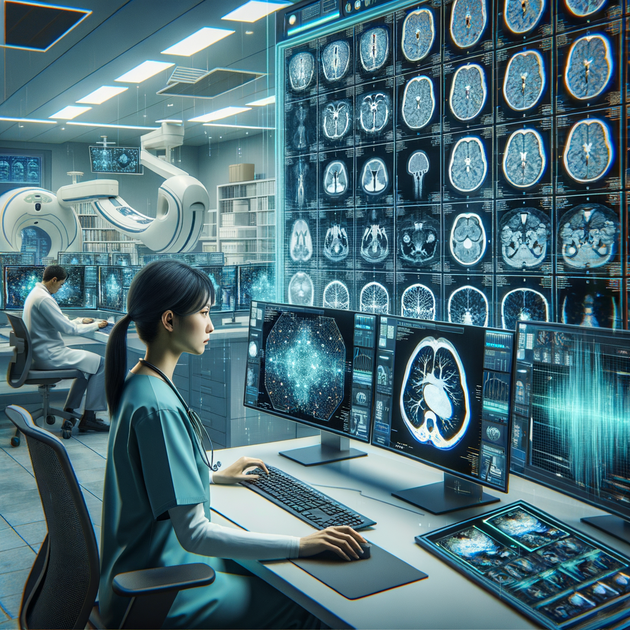Unveiling the Power of CNNs in Medical Image Denoising
Amidst the hustle and bustle of a busy hospital, the critical task of diagnosing diseases relies heavily on the precision of medical imaging. Picture a radiologist meticulously analyzing CT scans to detect subtle signs of cancer or internal injuries. But what happens when these images are clouded with noise? The stakes are high, and any compromise in image quality can lead to misdiagnosis and jeopardized patient outcomes.
The Challenge of Noisy CT Images

CT (Computed Tomography) scans are indispensable in medical diagnostics, yet they often come with a caveat: noise. Generated by the low-dose radiation required to minimize patient exposure, this noise can blur crucial details, making it harder for radiologists to provide accurate interpretations.
Example: Imagine a scenario where the presence of noise in a CT scan obscures a tiny, early stage tumor, delaying its detection and treatment.
Enter Convolutional Neural Networks (CNNs)
Now, envision a technology that can transform these noisy images into crystal-clear visuals, restoring the radiologist’s confidence and enhancing diagnostic accuracy. Enter Convolutional Neural Networks (CNNs), revolutionary deep learning models that have shown unprecedented effectiveness in denoising CT images.
How CNNs Work
CNNs operate by passing noisy CT images through multiple layers, each meticulously designed to extract features and incrementally reduce noise. The result? Output images of superior clarity, enabling more precise diagnoses.
Real-World Impact: Consider a healthcare facility that integrated a CNN-based denoising system. The improved image quality led to earlier detection of diseases, higher diagnostic accuracy, and ultimately, better patient outcomes.
Advantages of CNN-Based Denoising
Unlike traditional denoising methods, CNNs offer several compelling advantages:
- Speed: CNNs process images faster, allowing for real-time application in clinical settings.
- Precision: By preserving critical anatomical details, CNNs enhance diagnostic accuracy.
- Adaptability: These models can be trained on a wide variety of noisy and clean image datasets, making them versatile across different medical imaging scenarios.
Implementing CNN-Based Denoising
For those interested in diving deeper into the mechanics of CNN-based denoising, numerous resources are available. For instance, a comprehensive paper with hands-on examples and datasets can be found here.
The suggested paper includes:
- A variety of datasets for training and testing CNN models
- Reference works that detail different techniques and methodologies for medical image denoising
The Future of Medical Imaging
The integration of CNNs into medical imaging is just the beginning. As these technologies continue to evolve, their potential applications are vast. From enhancing MRI and X-ray images to developing advanced diagnostic tools, the future of medical imaging is poised to be brighter and more precise.
Moreover, the use of AI in healthcare extends beyond imaging. It encompasses various domains such as AI in cybersecurity, AI for business, and AI in finance and banking, each contributing to a more efficient and advanced medical ecosystem.
Join the Conversation
The journey of AI in healthcare is a collaborative effort. We invite you to share your insights and experiences. How do you envision the impact of CNNs on healthcare? What other AI applications excite you?
Join the discussion and let’s shape the future of medical imaging together!
